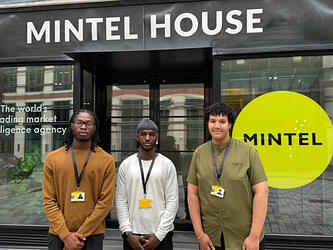GfK’s EMO Sensor to gauge emotional response to adverts
The firm worked with Saarland University’s Institute for Consumer and Behavioural Research to develop the service, which asks study participants to describe their responses to creative executions using a series of pictures depicting certain emotions.
GfK’s work with the university identified 22 different emotions that have a “significant impact on the behaviour of consumers”, including surprise, interest and boredom.
This information was used to compile a series of images of adults and children expressing these emotions, which are shown to respondents after they have been exposed to the advert being tested. Respondents are then asked to pick which of the images best match their feelings towards the ad, said Oliver Hupp (pictured), GfK’s divisional manager for brand and consumer research.
A trial study of the EMO Sensor found that not everyone responds to an ad with the same single emotion. “Rather,” GfK said, “advertising usually triggers distinct patterns of emotional response or ‘emotional schema’. The consistency of these schema across the ads tested in this global study reveal a deeper understanding of the emotional landscape of brand advertising.”
GfK plans to use the EMO Sensor across the world in its brand and consumer research. The firm said the service is market-ready in Europe and the Americas while a specially-tuned version is being developed for Asia.

We hope you enjoyed this article.
Research Live is published by MRS.
The Market Research Society (MRS) exists to promote and protect the research sector, showcasing how research delivers impact for businesses and government.
Members of MRS enjoy many benefits including tailoured policy guidance, discounts on training and conferences, and access to member-only content.
For example, there's an archive of winning case studies from over a decade of MRS Awards.
Find out more about the benefits of joining MRS here.













0 Comments